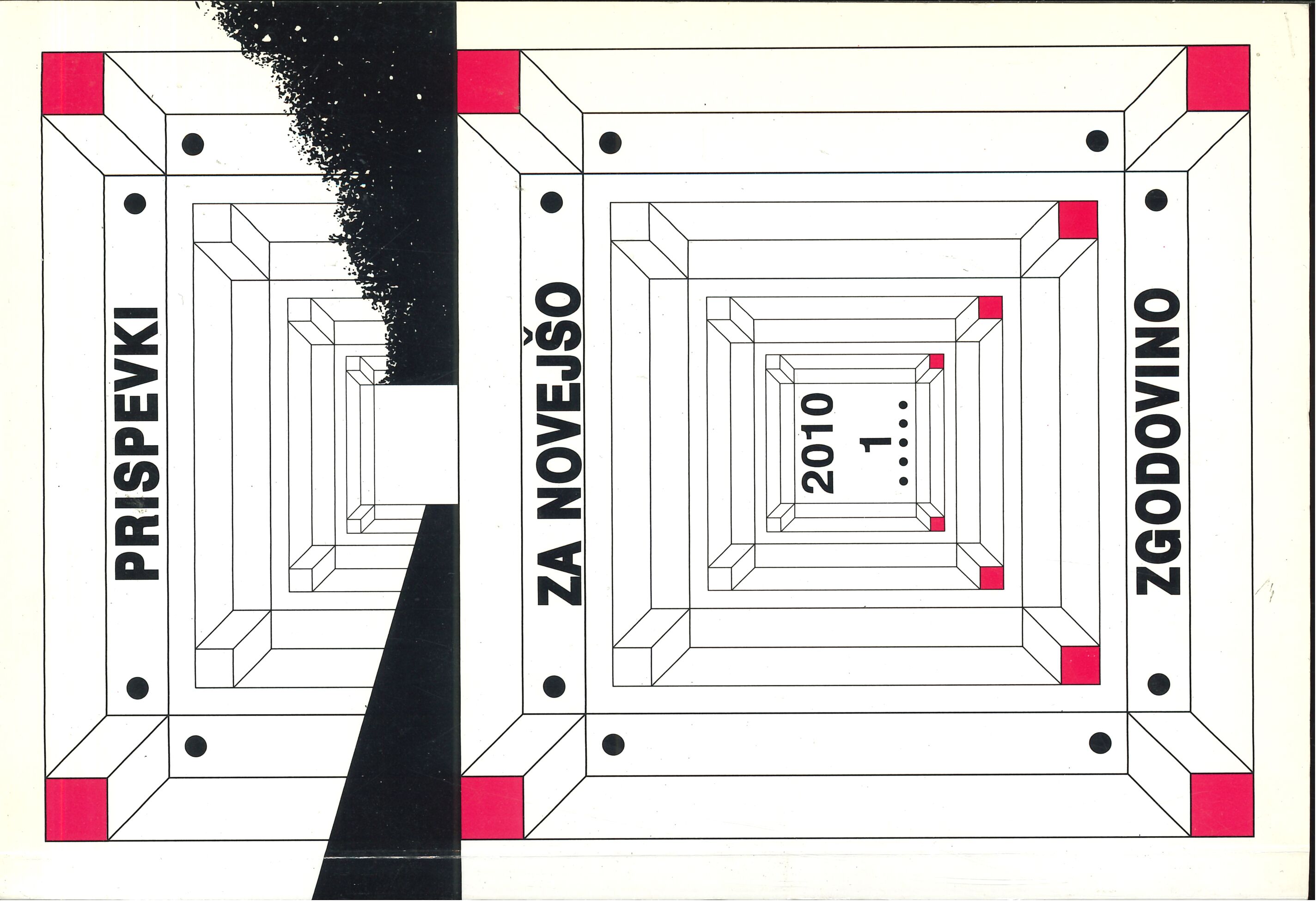Sovietisation of Eastern Europe After World War II
Keywords:
Europe, bloc division, Eastern Bloc, Sovietisation, communism, socialism, Poland, Czechoslovakia, Hungary, Romania, BulgariaAbstract
For the world as well as Europe the end of World War II meant a radical transformation of the geopolitical reality. The world was divided into two strong blocs with antagonistic socio-political, economic, cultural and other characteristics. On one hand, the United States encouraged parliamentary democracy with market capitalism, while the USSR sought solutions in the people's democracy, nationalisation of economy and abolishment of private property. The following contribution outlines the Eastern European countries that found themselves at the threshold of the new socialist future following the "agreement" between the superpowers. The march of the Red Army far towards the west and with it the returning communists and simultaneous strengthening of the local Communist Parties enabled the effective and decisive Sovietisation of these countries. In his contribution the author focuses on the depiction of the processes of the political Sovietisation of Poland, Czechoslovakia, Hungary, Romania and Bulgaria. Sovietisation, which roughly took place in three stages, depended on many internal and external factors. Therefore it differed from country to country up to a certain degree, but the outcome was the same everywhere. These states became a part of the Eastern Bloc - Soviet satellite states.
Downloads
Published
Issue
Section
License
Authors who publish with this journal agree to the following terms:
- Authors retain copyright and grant the journal right of first publication with the work simultaneously licensed under a Creative Commons Attribution License that allows others to share the work with an acknowledgement of the work's authorship and initial publication in this journal.
- Authors are able to enter into separate, additional contractual arrangements for the non-exclusive distribution of the journal's published version of the work (e.g., post it to an institutional repository or publish it in a book), with an acknowledgement of its initial publication in this journal.
- Authors are permitted and encouraged to post their work online (e.g., in institutional repositories or on their website) prior to and during the submission process, as it can lead to productive exchanges, as well as earlier and greater citation of published work (See The Effect of Open Access).


